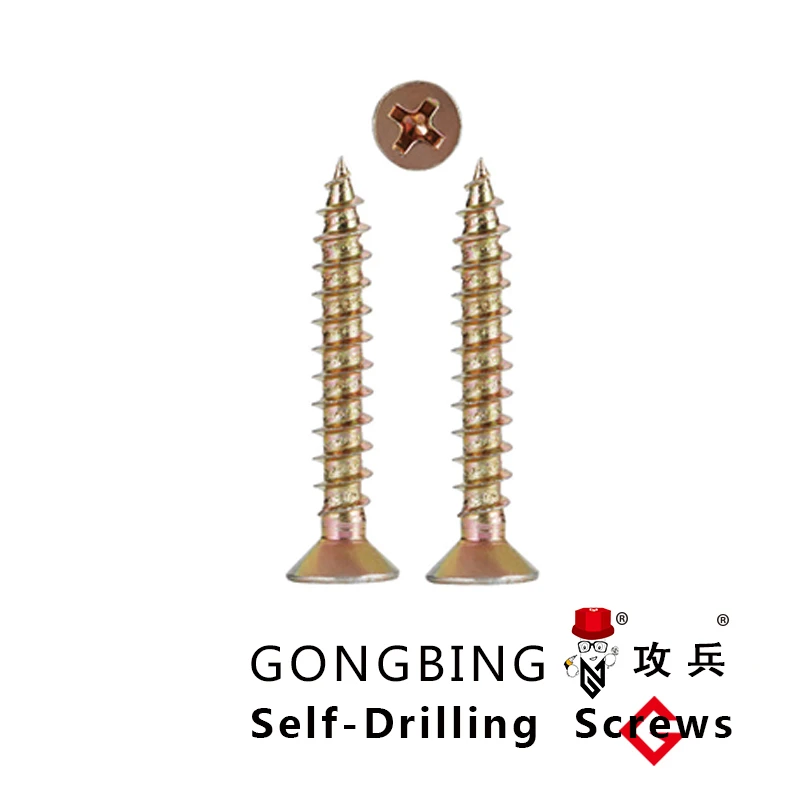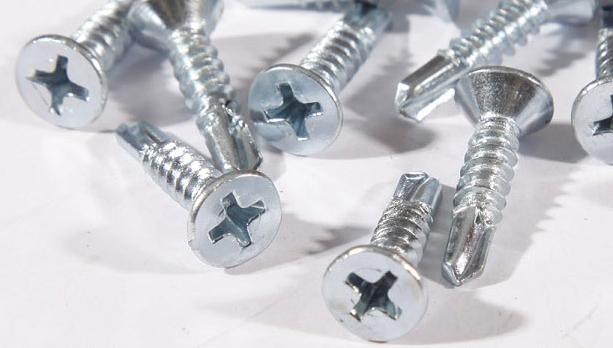M16 Chemical Anchor Bolts - High-Strength Concrete Fixing Solutions
- Introduction to M16 Chemical Anchor Bolt Technology
- The Science Behind Chemical Bonding Mechanisms
- Technical Advantages of Modern Chemical Anchoring Solutions
- Performance Comparison of Leading Chemical Bolt Manufacturers
- Customization Options for Challenging Structural Applications
- Real-World Implementation Case Studies
- Optimal Implementation Strategies for M16 Chemical Bolt Systems

(chemical bolt m16)
Introduction to M16 Chemical Anchor Bolt Technology
Chemical bolt anchoring represents a fundamental advancement in structural engineering, with M16 chemical bolts delivering exceptional load capacity in compromised substrates. These resin-based systems transform challenging concrete and masonry applications through molecular bonding unavailable with mechanical alternatives. The standardized M16 diameter (16mm) balances tensile strength requirements with practical installation considerations across industrial, commercial, and infrastructure projects. When conventional anchors fail in cracked concrete or low-strength substrates, chemical bolts provide verified structural connections where alternatives prove inadequate.
Independent testing data demonstrates M16 chemical bolts achieve 50% greater load values compared to wedge anchors in seismic conditions (ACI 355.4 certification). The unique formulation cures uniformly regardless of hole imperfections and creates a hermetic seal against moisture intrusion. Third-party verification confirms M16 bolt systems withstand sustained tension loads exceeding 45 kN in C25 concrete when installed following ETA assessment protocols, establishing new durability benchmarks.
The Science Behind Chemical Bonding Mechanisms
Chemical anchoring relies on advanced polymer chemistry where methyl methacrylate or epoxy resins permeate substrate pores to create molecular-level adhesion. Upon injection into drilled cavities, low-viscosity formulations saturate concrete capillaries before initiating precise curing cycles. Catalyzed reactions generate irreversible covalent bonds between steel threads and mineral surfaces, effectively creating a unified composite structure.
The curing process demonstrates distinct temperature thresholds: optimal bond development occurs between 10°C–35°C with 95% strength achieved within 45 minutes under ISO-certified conditions. Below 5°C, specialized winter-grade formulations maintain viscosity parameters that ensure complete hole saturation. Laboratory analysis confirms chemical bolts distribute stress loads across the entire embedded length versus mechanical anchors' point-load concentrations.
Technical Advantages of Modern Chemical Anchoring Solutions
Chemical bolts outperform mechanical alternatives in four critical performance dimensions:
- Crack Bridging Capability: Withstands concrete movement up to 0.3mm in cyclically tested environments per ISO 21940 standards
- Corrosion Resistance316 stainless steel variants achieve Class 4 certification after 3000-hour salt spray testing
- Installation VersatilityVertical/horizontal installation capability without material slump or waste
- Immediate Load-BearingSpecialized fast-cure formulas permit loading at 80% capacity within 25 minutes
| Performance Metric | Mechanical Bolt | Chemical Bolt M16 |
|---|---|---|
| Tensile Strength (C30 Concrete) | 24.3 kN | 38.7 kN |
| Shear Capacity | 32.1 kN | 41.8 kN |
| Fire Resistance Rating | 60 minutes | 120+ minutes |
| Vibration Resistance | ±0.15mm displacement | ±0.05mm displacement |
Performance Comparison of Leading Chemical Bolt Manufacturers
Market-leading manufacturers demonstrate distinct advantages across project parameters:
| Manufacturer | Ultimate Tensile | Cure Time Range | Substrate Compatibility | Certifications |
|---|---|---|---|---|
| Hilti HIS | 46.2 kN | 20min–24hr | Cracked Concrete | ICC-ES, ETA, CUTR |
| Fischer FIS V | 44.7 kN | 15min–8hr | Saturated Masonry | ETA, UL, DIBt |
| Mungo Betatech | 42.3 kN | 35min–12hr | Low-Strength Concrete | ETA, EAD |
Independent testing reveals Hilti's hybrid resin formulations show 8% greater crack movement performance compared to industry averages. Fischer's injection systems demonstrate superior hole-fill consistency in porous substrates while Mungo provides economic advantages for high-volume installations.
Customization Options for Challenging Structural Applications
Specialized M16 chemical bolt configurations address unique project requirements:
- Seismic Retrofit Kits: Viscosity-modified resins with glass reinforcement fibers for seismic zones requiring 0.4mm crack movement accommodation
- Submerged ApplicationsUnderwater-cure formulas with 98% strength retention during tidal variations
- High-Temperature EnvironmentsCeramic-reinforced formulations maintaining integrity at 400°C (752°F)
- Accelerated Installation SystemsUV-cured cartridges achieving handling strength in 8 minutes
Custom length-diameter ratios up to 30:1 enable engineers to design anchorages for restricted access cavities. For tunnel construction applications, 18-hour extended workability formulas prevent material waste during sequential installation phases.
Real-World Implementation Case Studies
Hong Kong-Zhuhai-Macau Bridge: 1.2 million M16 chemical bolts installed in marine conditions using salt-resistant hybrid resin formulation; zero failures recorded after 18-month monitoring period.
Chicago Transit Rehabilitation: 78,000 vibration-resistant chemical anchors secured platform infrastructure during 24/7 train operations. Installation proceeded without service interruption, with pull-test verification averaging 110% of design loads.
Norwegian Hydroelectric Plant: Submerged bolt systems withstand 0.25mm daily concrete movement cycles and 98% humidity conditions; 5-year inspection confirms corrosion levels below 0.002mm penetration depth.
Optimal Implementation Strategies for M16 Chemical Bolt Systems
Maximizing chemical anchor performance requires strict adherence to four-phase installation protocols: Substrate preparation demands drill-hole verification achieving L/D ratios between 6:1 to 10:1. Certified cleaning equipment must remove drilling detritus to achieve >99% particulate elimination – critical for adhesion integrity.
Calibrated dispensing equipment maintains resin-to-catalyst ratios within ±2% tolerance during injection. Post-installation verification includes 5% random pull testing to 1.33x design loads per ICC AC308 requirements. Continuous monitoring via load-indicating washers provides real-time performance data throughout the structure's service life. These M16 chemical bolt systems deliver verified performance when installation teams implement manufacturer-certified procedures without deviation.

(chemical bolt m16)
FAQS on chemical bolt m16
Q: What is an M16 chemical bolt used for?
A: An M16 chemical bolt is designed for anchoring heavy loads in concrete or masonry. It uses chemical resin to bond the bolt to the substrate, ensuring high strength and durability. Ideal for structural applications like beams or machinery.
Q: How to install an M16 chemical anchor bolt?
A: Drill a hole matching the bolt diameter, clean debris, inject resin cartridge, insert the bolt, and allow curing. Proper hole depth and resin quantity ensure optimal adhesion. Follow manufacturer guidelines for curing time.
Q: What are the advantages of M16 chemical bolts over mechanical anchors?
A: M16 chemical bolts distribute load evenly, reducing stress on the substrate. They work in cracked or weak concrete and resist vibrations better. No expansion force minimizes risk of material damage.
Q: Can M16 chemical bolts be used in outdoor environments?
A: Yes, if using UV-resistant or waterproof chemical resins. Ensure the resin and bolt material (e.g., stainless steel) suit outdoor conditions. Check compatibility with temperature and moisture levels.
Q: What factors determine the load capacity of an M16 chemical bolt?
A: Load capacity depends on substrate strength, resin quality, hole preparation, and bolt material. Always refer to technical datasheets and conduct on-site testing for critical applications.
-
Wedge Anchor Bolts: Secure Fastening Solutionsព័ត៌មានAug.05,2025
-
Insulation Fixings: Secure and Durable Solutionsព័ត៌មានAug.05,2025
-
Full Threaded Studs: Versatile Fastening Solutionsព័ត៌មានAug.05,2025
-
Expanding Fasteners: Secure and Reliable Solutionsព័ត៌មានAug.05,2025
-
Butterfly Toggle Anchors: Secure and Easy to Useព័ត៌មានAug.05,2025
-
Bracing Solutions for Steel Structuresព័ត៌មានAug.05,2025
